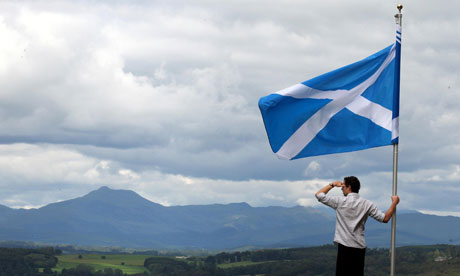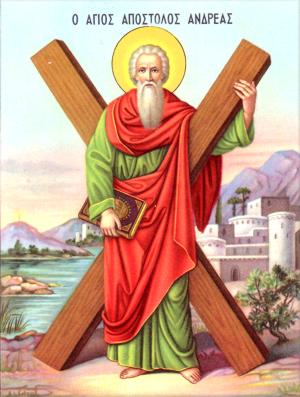Father Geoffrey Korz wrote a remarkable essay on Scotland and Canada - remarkable in that, with only a few changes, it could have been written on the South and Scotland Canada
Here are some portions from Fr Geoffrey’s article, ‘Scotland
Hark when the night is falling, hear, hear the pipes are calling,
Loudly and proudly calling, down through the glen.
There where the hills are sleeping, now feel the blood a-leaping,
High as the spirits of the oldHighland men.
Towering in gallant fame,Scotland my mountain hame,
High may your proud standards gloriously wave,
Land of my high endeavour, land of the shining river,
Land of my heart for ever,Scotland
- Traditional Folk Song
Loudly and proudly calling, down through the glen.
There where the hills are sleeping, now feel the blood a-leaping,
High as the spirits of the old
Towering in gallant fame,
High may your proud standards gloriously wave,
Land of my high endeavour, land of the shining river,
Land of my heart for ever,
- Traditional Folk Song
The Cross of Saint Andrew - the blue and white emblem of Scotland
The endurance of Saint Andrew's Cross is seen in the presence it still has inScotland 's largest emigree nation - Canada
The Cross of Saint Andrew can be found on five Canadian provincial flags, either within the Union Jack, or in the mirrored image of the flag ofCanada 's New Scotland, Nova Scotia
For those who entertain new-agey illusions about theCeltic Church Byzantium
In his classic book, Liturgy and Ritual of theCeltic Church
The endurance of Saint Andrew's Cross is seen in the presence it still has in
The Cross of Saint Andrew can be found on five Canadian provincial flags, either within the Union Jack, or in the mirrored image of the flag of
For those who entertain new-agey illusions about the
In his classic book, Liturgy and Ritual of the
[Fr Geoffrey goes on to list more of these liturgical similarities, which the reader may find in the original essay (address given below). -- W.G.]
It should not surprise us to find these similarities, since in comparing the Celtic Church to the Church in Byzantium Celtic Church
The inheritance of Saint Andrew, whose proud banner waves in front of many a Presbyterian church inCanada North America today.
Canada's first Scottish leader, Prime Minister John A. MacDonald, lies buried in the cemetery of a parish church in Kingston, Ontario, the same building that is home to the Orthodox Community of Saint Gregory of Nyssa. Perhaps it is in such a representation that we can rediscover the heritage of the founders of our own nation, its own enduring and brave Orthodox roots, put down in Celtic lands by the same Orthodox monastic saints who once made pilgrimage across the ocean to our own land. For it is only these roots that will keep Saint Andrew's banner long and gloriously waving - not just in our hearts, but in our lives.
The inheritance of Saint Andrew, whose proud banner waves in front of many a Presbyterian church in
Canada's first Scottish leader, Prime Minister John A. MacDonald, lies buried in the cemetery of a parish church in Kingston, Ontario, the same building that is home to the Orthodox Community of Saint Gregory of Nyssa. Perhaps it is in such a representation that we can rediscover the heritage of the founders of our own nation, its own enduring and brave Orthodox roots, put down in Celtic lands by the same Orthodox monastic saints who once made pilgrimage across the ocean to our own land. For it is only these roots that will keep Saint Andrew's banner long and gloriously waving - not just in our hearts, but in our lives.
Background note: The St. Andrew's cross is a distinctive shape because the Apostle Andrew, who would later become the patron saint of Scotland, asked that he not be crucified on a cross of the same shape as that on which Jesus Christ was executed. (See the Great Synaxarion of the Orthodox Church, November 30th)
The legend of the birth of the Scottish flag takes place circa AD 832 near Athelstaneford inEast Lothian . Angus mac Fergus, King of the Picts, and Eochaidh of Dalriada faced off against the army of Athelstane, King of Northumbria, comprising Angles and Saxons. On the eve of the battle, it is said that the Scots saw the clouds in the evening sky arranged in a formation exactly like that of St. Andrew's cross. The Scots saw this as a harbinger of their victory. When they were victorious the following day, they adopted a white St. Andrew's cross on a field of azure blue as their national standard.
The legend of the birth of the Scottish flag takes place circa AD 832 near Athelstaneford in
Source: Orthodox Canada
(Pictures from the pravmir.com copy of the essay.)


No comments:
Post a Comment